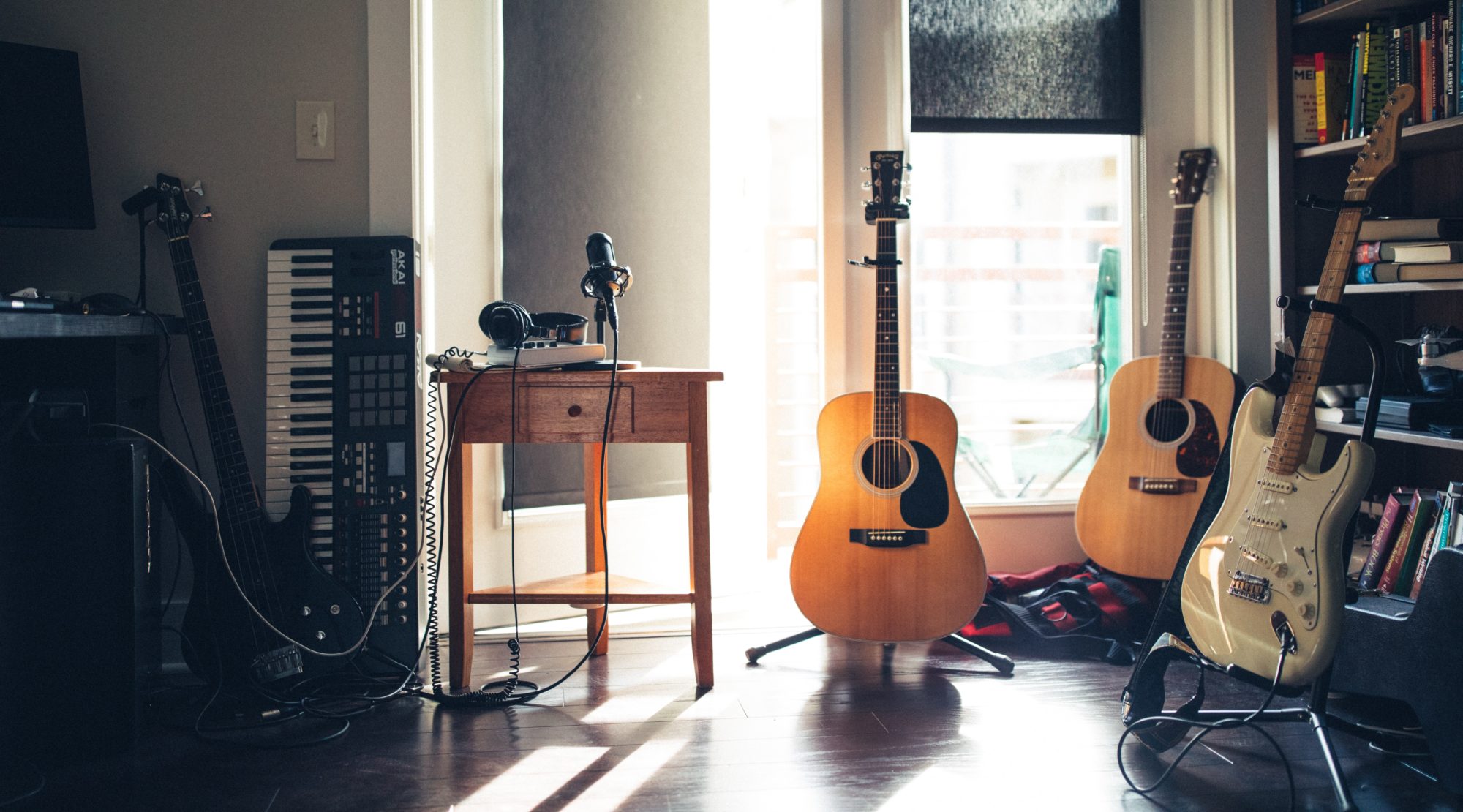#PlayAuthentic … Or Else!
By now, you’ve probably heard of Gibson’s notorious #PlayAuthentic PR and legal stunt.
If you haven’t … basically, Gibson published (and then pulled) an official video saying that the only authentic Les Paul is one made by Gibson, and that they were coming after other people who make similar guitars. Very shortly afterwards, there was a lot of publicity about them suing the owners of Dean Guitars, and then their failure to trademark aspects of the flying V body shape in Europe.
It was the beginning of a PR nightmare that’s still continuing to this day, as the new Gibson management continue to lurch from one PR misstep to another.
There’s been some backlash, especially in the form of ridicule. As always, there’s been some folks loudly declaring that they’ll never buy another Gibson, but mostly it’s served to knock the shine off the mid-2019 relaunch of the Les Paul.
Continue reading “#PlayAlternative: The Search Begins”
